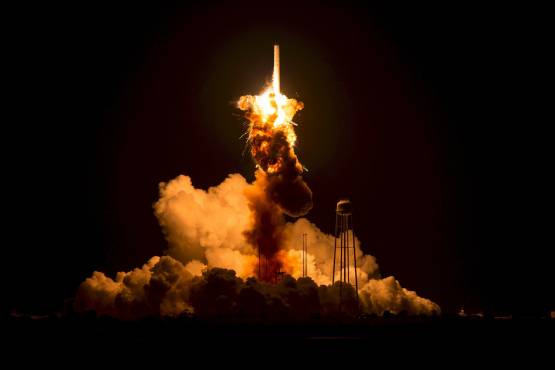Contents
Oil and Gas - Industry Background
The Oil and Gas industry is most likely facing its most significant challenge in quite a long time. The sharp fall in global oil prices from $ 100 per barrel in 2014 to $ 30 per barrel in 2016 is placing enormous pressure on the top and bottom-lines growth in the business.
In the fast-changing world, oil and gas companies are facing macro threats like energy conservation, climate change, and uncertain energy policy, competition from NOCs, and political interference in access to reservations.
On the other hand, they are also facing operational challenges in the kind of human capital deficit, financial and cost-related problems.


Oil and Gas - HR Challenges
If one explores the human Capital angle from the Oil and Gas Sector, the following trends emerge :
- Retiring Workforce – The key employees in an Oil and Gas setup are the middle-aged employees. This is a direct result of the training and experience that is required to be successful in this industry. In this industry, the majority of the workforce falls under the more mature category. Geographically speaking, areas like North America and Europe have a majority of employees aged over 40 across the value chain. The large chunk of this workforce will retire within the next 5-7 years.
- High Demand – High demand for oil is fueling rapid industrial expansion, thus fuelling a greater need for additional employees in this industry.
- Changing nature of skillset – As the avenue/source (increasing depths offshore, in the Arctic and unconventional sources like tar sands and shale deposits) from where Oil & Gas are extracted is changing; the type of skillset required to operate these advanced technologies is also changing. As the use of sophisticated technology is becoming a common notion, the time needed to train engineers for the job is also increasing.
- Globalization – As a result of acute demand and reduced oil prices, the NOCs are expanding and becoming more global. Due to this, they are also tapping into the limited available resources in a particular geographical area, thus making the competition fiercer in that country/geography.
- Difficulty attracting entry-level talent – The number of graduates who select engineering as a subject is diminishing in the developed markets. Many of them prefer to take up opportunities in clean technology and other high-tech industries. Adding to the complexity is the reputation of Oil & Gas industries as having some of the most inhospitable conditions where remote exploration and production (E & P) happens.
Effective HR Strategies To Address Oil and Gas Challenges
HR can and must understand, innovate, and transform their policies and strategies to align better and serve their business. These are the possible options available to the Oil & Gas companies:
Strategic Workforce Planning
These firms need to look at the talent gap and the skewed demand and supply ratio more strategically and at a global level.
Oil & Gas industries can learn from many other businesses like Information Technology, manufacturing, etc. who are also facing an acute skill gap. These industries are managing the skill difference through a more sophisticated form of ‘Advance Manpower Planning,’ by looking forward and imagining the demand.
Understanding what and where the company is likely to go for a business; what kind of E & P scenario will it face, what skill set is going to be required, where will people come from, what percentage is going to come from internal resources as compared to external agencies, etc. Advanced analytics can help in predicting/forecasting these scenarios before they happen.
Getting these insights can help HR plan its talent management process in a more sophisticated and matured manner.


Talent Management
Once identified the requirement, the companies can look at a More holistic approach towards an integrated Talent management process:
- Capture and transfer of critical knowledge through coaching, mentoring, training, and succession planning is a business imperative.
- Breaking down a siloed approach to handling lifespan talent management processes to formulate a strategic talent management plan.
- Technology is providing opportunities to alter talent lifecycles and empower them through new cloud solutions. Managing multiple workforces within one organization (operations at different stages of growth) is becoming much more attainable.
- Need for a flexible workforce that can expand, retract or redeploy, depending upon business requirements
- Creatively building the talent pipeline focusing on a traditional and non-traditional talent pool
- Making the business brand more appealing and making the performance management process transparent and focused on rewarding talented workers.
- Discovering innovative ways to manage the cost of talent

